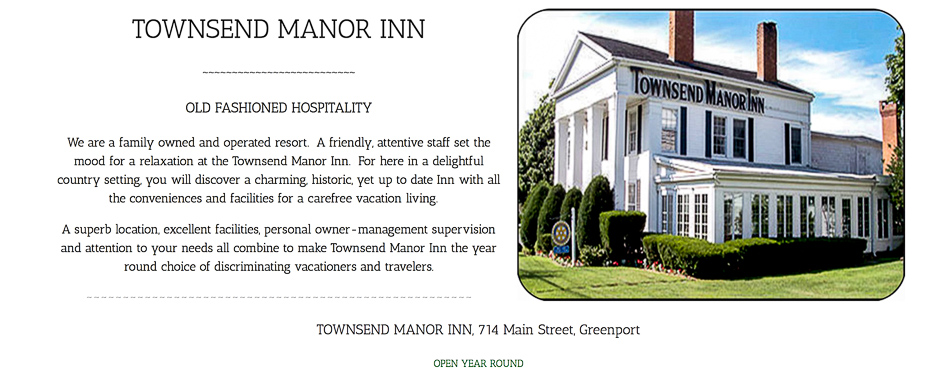Did You Know?
Did you know some farmers had a side business
of rum-running during Prohibition?
In a minor diversion from their farming, some of the families living on the KeySpan (now known as National Grid) property during Prohibition engaged in a little rum-running operation. They even constructed a primitive inclined railway on the north end of George Naugles’s farm that made it easier to haul cases of bootleg liquor up the steep cliffs, where it was loaded into cars for delivery to a thirsty New York City market. An accident with a cable that operated the lifting mechanism resulted in the death of one of the farmers. According to one neighbor, his obituary listed the cause of death as a “heart attack” – but didn’t mention the proximate cause – beheading by cable.
As part of this operation, George’s brother Stanley owned a small plane, a 1931 Brunner-Winkle Bird (similar one pictured above). It was an open cockpit biplane with a 35-foot wingspan. Naugles used it to meet boats waiting beyond the three-mile limit and drop messages as to whether or not it was safe to approach the shore. The plane, which had a payload capacity of 1,000 pounds, was also used to make “emergency” deliveries as far away as Boston. Top flying speed was only 85 miles per hour, so that must have been quite a trip.
Remarkably, the plane still survives. John Talmage of Baiting Hollow acquired it around 1981 and completely restored it back to its original condition, except that it is now red instead of blue. For a 2005 dinner at the Naugles barn thanking KeySpan for donating farmland to the museum, Talmage flew the plane to Hallockville and landed it on a mowed strip of field behind the barn. After enjoying the dinner, when he went to return, the compressed air starter failed to start the plane. Undaunted, Talmage hopped out and used the propeller blade to “whip start” the engine while spectators held the tail down to keep the plane from taking off without him. The Naugles hangar also still survives, the small building on the southwest corner of Herricks Lane and Sound Avenue.
The Naugles operation was integrated vertically. George Naugles owned the Old Mill Inn on Mattituck Inlet and his brother Stanley owned the nearby Anchor Inn. Both served as convenient outlets for their bootlegged alcohol.
According to Naugles family lore, when their old barn burned down in 1936 at the height of the Great Depression, the profits from the rum-running operation allowed them to build the handsome new barn now owned by the Hallockville Museum. After George Naugles’s house was abandoned following its purchase by Levon Properties for the so-called Riverhead Harbor Industrial Park, a neighboring farmer found a cache of gin labels in the attic. This was typical Prohibition practice. Rumrunners like the Naugles family brought in unlabeled bottles of generic alcohol – and then attached labels for gin, vodka or whatever their customers had ordered!
(Written by Hallockville Historian Richard Wines.)
One of the highlights of the Barn-Raising Supper is a flyby of a Brunner-Winkle Bird.
|




















